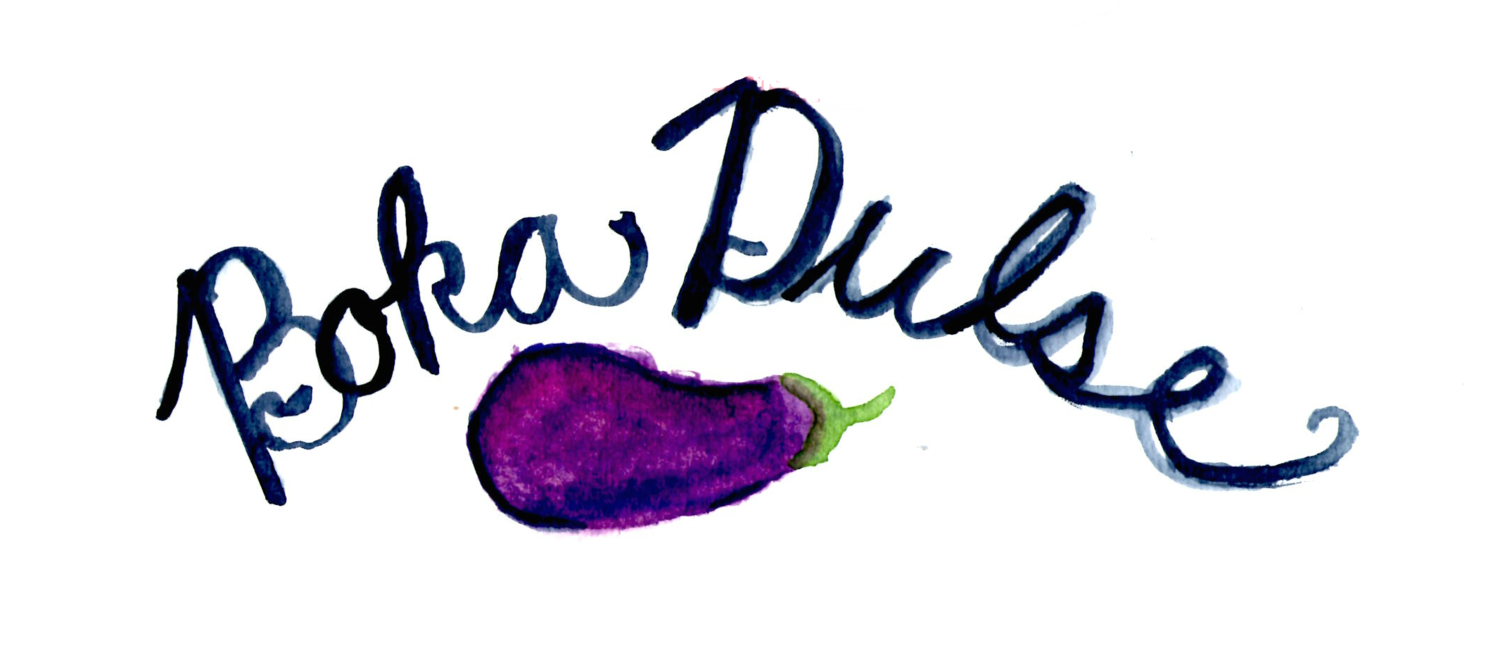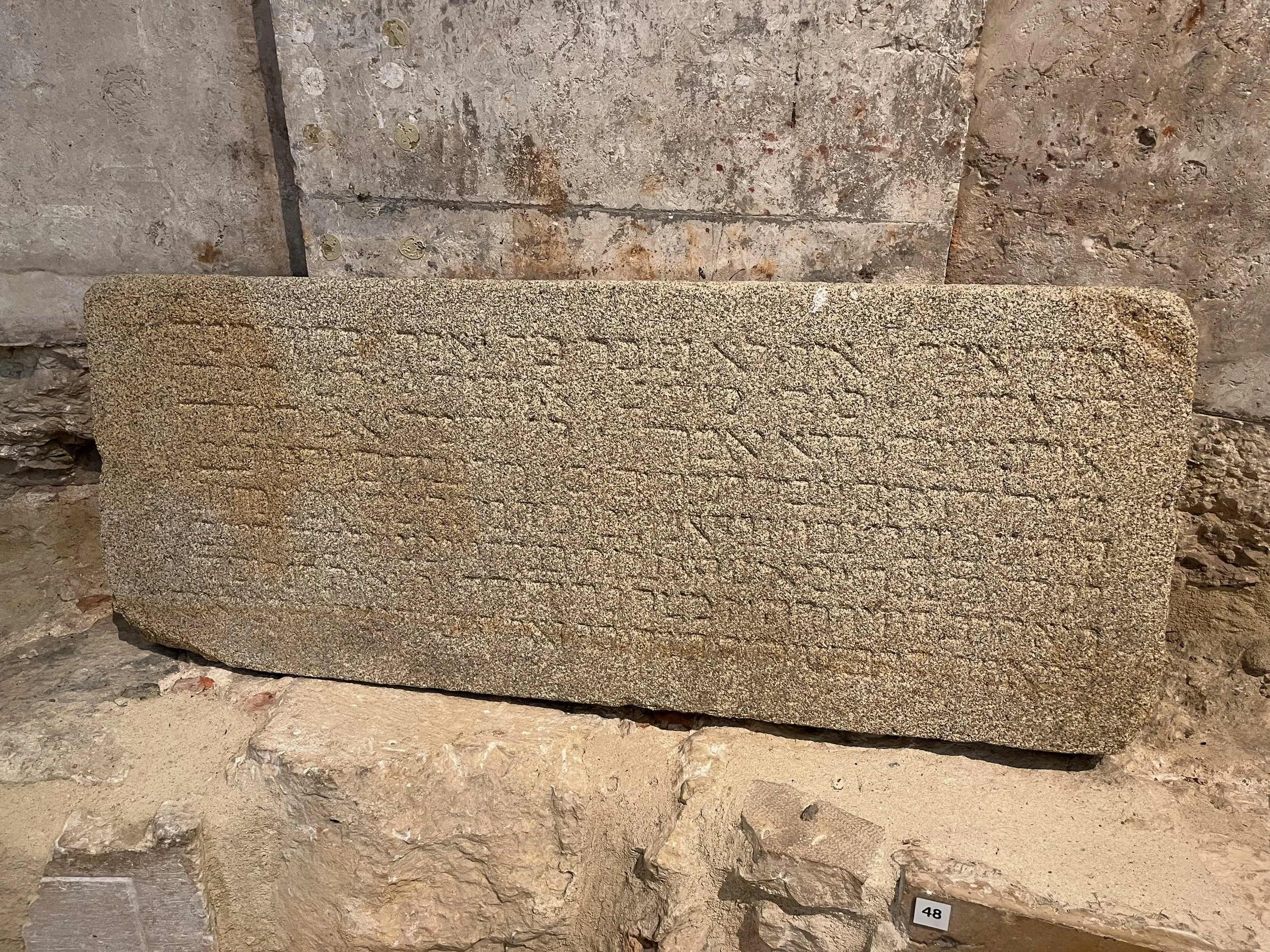Hello friends! I am back today after a brief two-day pause on my posts. The reason for the pause is that things got a bit busy yesterday as my boyfriend, Aaron, came into town and we went into touring high gear. We moved from the wonderful Airbnb I was staying at in the Luz neighborhood to another delightful one right smack dab in the middle of Baixa-Chiado on Rua da Madalena. In between our shlepping of stuff from one Airbnb to another we did some touring: on Monday, we walked from the Miradouro São Pedro de Alcantara down through Chiado to the Praça do Comércio, where the Portuguese ships departed for Africa and the New World. Yesterday we spent the afternoon ogling the many beautiful objects in the Convento de Carmo, the remains of a 15th century convent that has remained un-reconstructed since it toppled the Lisbon earthquake in 1755 and was converted into the Carmo Archaeological Museum (Museu Arquaeológico de Carmo); briefly stopping at Caza de Vellas Loreto, which has been selling candles since 1789; and ending the day atop the Castelo São Jorge, a medieval castle that has been occupied by the successive populations of Lisbon since the Phoenicians – plus one that has killer views of the city, particularly at sunset. All in all, it has been a whirlwind of touring the hills and valleys of this lovely city, much to our enjoyment (though definitely less so for our tired feet.)
The pillars at the edge of the world.
My cute lunch companion fresh from the States :)
Because of this, my research has tended toward the much more experiential – but this is not to say I haven’t been researching! Actually, I’ve been pleased how much that is relevant to my research has come up through this sightseeing, mainly in two key categories: Jewish and culinary material history. I know I still owe you a follow-up blogpost on the modern Jewish community here, which is forthcoming I promise! (I am waiting for some interesting insights I may be able to glean when we go to Porto this Friday and attend services there). Today, however, I thought I’d do a little recap for you as well as for myself of a couple of these amazing objects I’ve been lucky enough to see.
A shot from inside the burned out Convento do Carmo, whose remains now house the Museu Arqueológico de Carmo.
The first major pieces of relevant research material I got to see were at the Convento do Carmo. The collection at the archaeological museum captures a timeperiod spanning from the Chalcolithic period (approx. 3000 BCE “before common era”) to the 19th century. Among the various Christian stone tombs and seals, Chalcolithic arrowheads, and even two mummies of children that were collected from Perú in the 18th century, the Jewish pieces include the gravestone of Yehudah ben Rimok, from the 19th century, and a commemorative stone attesting to the founding of the Porto Jewish community from the 14th century. These two pieces, although separated by about 500 years in age, are evidence of the historical presence of Jews in Portugal – presence that is often forgotten in mainstream scholarship on the Sephardic Jewry, but which these pieces resoundingly affirm. And the commemorative stone for the Porto synagogue especially points us towards the historic presence of a vibrant and active Jewish community here in Portugal, especially reading the transcription of the stone translated to English:
The commemorative stone in question.
“Someone could say: how was a house of so much name not protected inside a wall? But this good one knows that I have a knowledge that is recognized from the high lineage. He is the one who keeps me because he declares to me without a shadow of a doubt that I am the wall where he is standing. Benefactor of his people, servant of God in his integrity, he built a house for his name of hewn stones. To the king he is second, to the head is reckoned by his greatness and in the presence of kings he rises. He is Rabbi Don Yehudah ben Menir, light of Judah, and he has authority. By order of the Rabbi that he live, Don Joseph ben Arieh charged the chief to the task.” (trans from display text in Portuguese)
Though its language is somewhat dense, in the oblique style of common of the panegyrics of medieval Hebrew poets, the inscription gives so much information about this community: who it looked to for spiritual guidance (Rabbi Don Yehudah), who it benefitted from financially (Joseph ben Arieh), and the location of the synagogue (outside the city wall). But through subtle hints, namely the honorific “Don,” we can also tell that this community was deeply integrated within the mores of the place in which it found itself. And hanging among the other pieces of stone on display, namely Christian in content and connection, this stone is easy to pass over. Yet by looking at it we see incontrovertible proof of not merely of a medieval Jewish community, but of a particularly Portuguese one.
As always, I promise more fun and updates tomorrow :)
A cute shot from the top of the medieval Castelo São Jorge.





